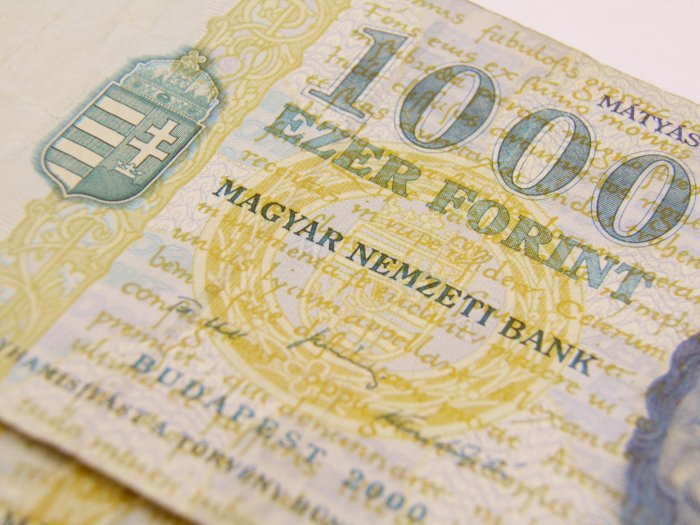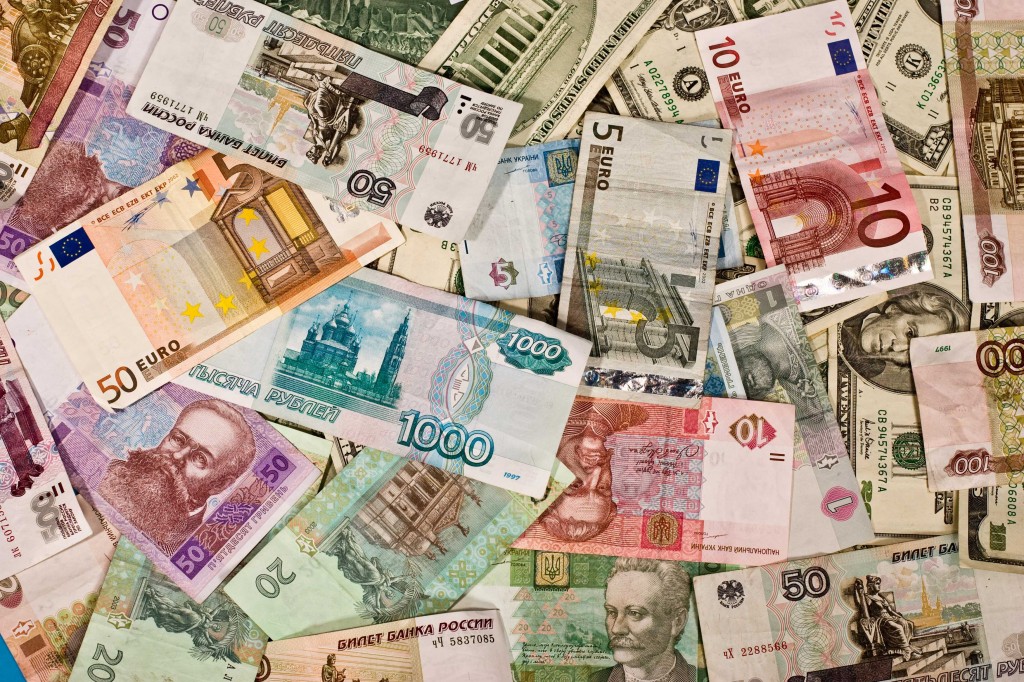Forint loses out to all major currencies

The forint was trading at 311.57 to the euro late Tuesday on the interbank forex market, down from final quotes at 310.52 on Monday. At 310.71 to the euro early Tuesday, the forint moved between 309.46 and 312.20, a five-day low, after a more than five-week high at 309.05 late Monday.
Under constant pressure from the dollar which continued to rise against a basket of currencies following hawkish comments of several US Fed decisionmakers late Monday, the forint lost its Monday gain versus the euro as well.
Hungaryʼs central bank left its main interest rate unchanged at 1.35% on Tuesday and switched to a new three-month deposit policy tool, intended coupled with other measures to boost liquidity and increase local banksʼ demand for longer-term government paper. The National Bank of Hungary (MNB) will also squeeze funds out of its previous main policy tool, the two-week deposit. Larger domestic demand for its bonds is in line with the governmentʼs self-financing zeal, but it, in turn, may also drive yields down to a point where foreign investors might find them less attractive in view of rising US yields, a nearside perspective brought home by Fed officials on Monday, and Hungaryʼs persistent junk rating, last affirmed by Standard & Poorʼs on Friday with no signal for a future upgrade.
S&P recalled that 34% of Hungaryʼs general government debt is denominated in foreign currencies, and nonresidents still hold about 30% of commercial general government local currency debt.
At the same time the government is seen starting already now to prepare for the year-end cut-off date in measuring Hungaryʼs general government debt to GDP to fend off excessive debt complaints from Brussels. It announced that it would decrease short-term debt issuance in the coming weeks and months, which, in turn, might also increase demand for longer-term paper, and also began pre-payment on forex debts maturing next year. But analysts remind the process is a two-edged sword: it might contribute to driving yields down even more to the horror of non-residents, and pre-payment of some forex debts, while it may improve Hungaryʼs debt landscape, also increases foreign currency demand in the short term to the detriment of the forintʼs course.
The stubborn worse-than-310 to euro course of the forint for more than a month now shows the market doubts the ability of Hungaryʼs financial authorities to fine-balance the need to lower the financing cost of the increasing budget deficit and of the state debt against investorsʼ need of realistic yield, analysts add.
The forint traded at 279.76 to the dollar, down from 277.50 in final quotes on Monday. On Tuesday, it moved between 276.65 and 280.32, an eleven-day low, after a more than three-week high at 269.91 last Friday intraday.
It was quoted at 287.25 to the Swiss franc, down from 285.41 late Monday. Its range on Tuesday was 284.55 to 288.06, an eleven-day low, after a more than six-month high at 282.23 last Friday intraday. Since its crash to an all-time low at 378.49 to the franc on January 15 when the Swiss central bank scrapped its cap of 1.20 to the euro, it reached the highest at 281.07 on February 26.
SUPPORT THE BUDAPEST BUSINESS JOURNAL
Producing journalism that is worthy of the name is a costly business. For 27 years, the publishers, editors and reporters of the Budapest Business Journal have striven to bring you business news that works, information that you can trust, that is factual, accurate and presented without fear or favor.
Newspaper organizations across the globe have struggled to find a business model that allows them to continue to excel, without compromising their ability to perform. Most recently, some have experimented with the idea of involving their most important stakeholders, their readers.
We would like to offer that same opportunity to our readers. We would like to invite you to help us deliver the quality business journalism you require. Hit our Support the BBJ button and you can choose the how much and how often you send us your contributions.








